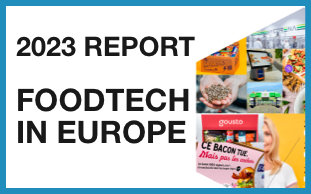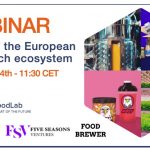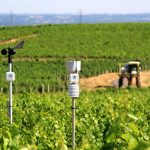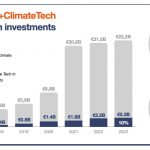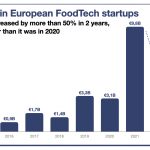Personalisation is getting more and more attention. Not always for the better, as DNA test labs such as 23andMe are facing a hard time. However, a UBS analysis shows that they are moving in the right direction with a market of personalised nutrition estimated to be around $64 billion in 2040.
Getting personalised products on the market may look like a daunting task for big food companies, as it requires to directly know the needs of their consumers and deliver them with the right mix. That’s why the bank analysts see it more as an opportunity for tech giants such as Apple or Amazon. Indeed, according to UBS, four industries will benefit from this boom in personalised nutrition:
- Medical diagnosis (the first step in personalisation: getting to know your needs)
- wearable companies (now mostly tech giants)
- Food producers able to meet the personalised demands
- Delivery services which will have to get this personalised foods to the final consumer
Obviously, issues such as privacy and affordability could block this revolution happening.
Why it matters and how to get started?
Personnalisation will get more and more traction in the next couple of years. However, both the diagnosis startups (DNA and microbiome) are not yet providing valuable and actionable enough feedback to make a real impact on one’s life. It will certainly be the integration of these tests into a more integrated experience that will make a difference.
It wouldn’t be unlikely to see companies such as Apple, Amazon, Nestlé or even Delivery Hero acquire tests companies. Then experiences such as a DNA test integrated as an option when you buy your Apple Watch to give you personalised feedback or personalised recommendation for a Whole Foods/Amazon Fresh buyer would be possible.
For all food producers and retailers, this personalised nutrition revolution could have huge impacts on their business models. It will take a few years to materialise, but waiting doesn’t seem the right option. Here a few first steps:
- Get to know the status of the technology from DNA to the microbiome
- Start thinking about personalising some of your products with the first level available, by branding them as better for such or such group of people (protein seeker, enriched in vitamin D, etc.)
- Think and prepare a scenario for the consequences of a future where food will be seen as a part of medicine (you are lucky, that’s what we do at DigitalfoodLab).

